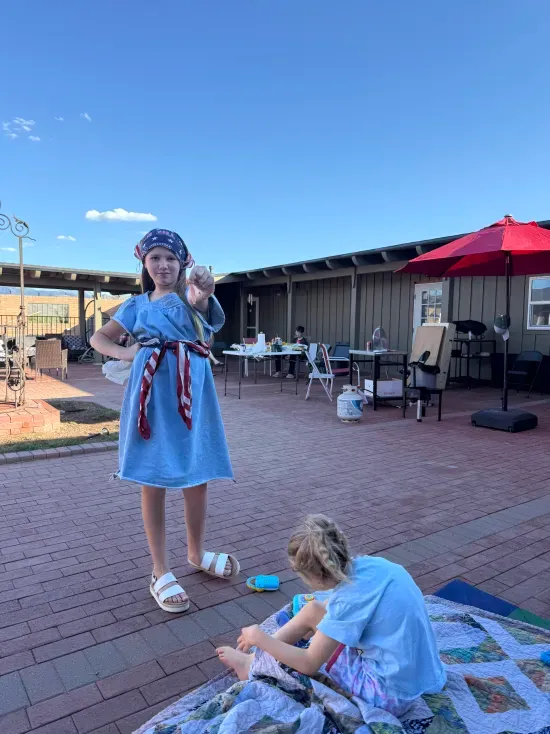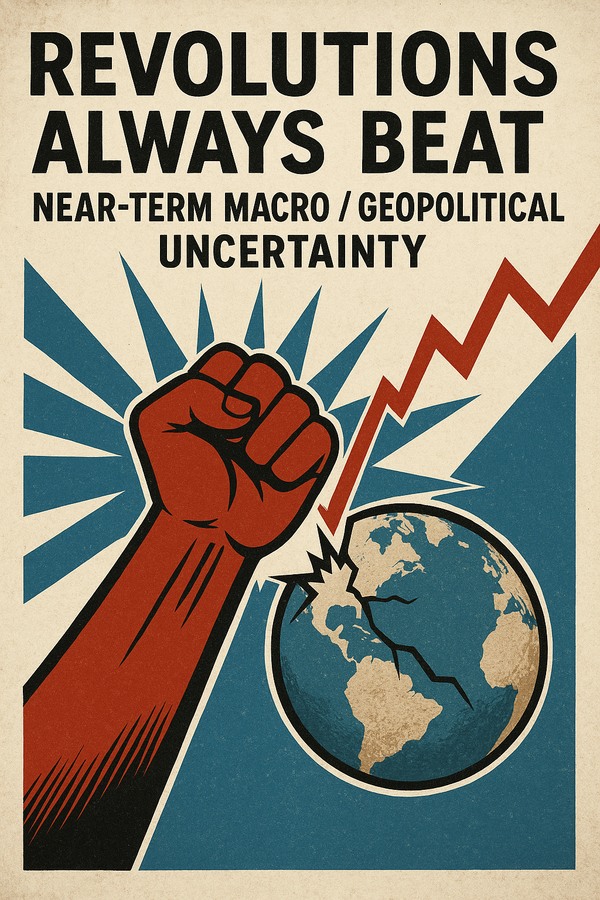A very high risk short-term trade
Okay, here’s a VERY high risk short-term trade for you guys that you have seen me do before.
I’m buying a very little bit using money that I know I might lose 50% or more of buying some Eastman Kodak EKDKQ common for a trade. To be clear, just like when we bought AMR after it resumed trading after declaring bankruptcy, this is the very definition of a short-term trade — NOT AN INVESTMENT.
If you can get it early this morning below 35 cents a share, you can execute this strategy that I’ve cited for you before. I have done a tiny bit of this trade myself here at the open with a cost basis of about 22 cents a share and I’ll exit this trade one way or another by the end of the week according to this strategy from James Altucher, my Jedi master:
James: Typically, when a company declares bankruptcy, the stock is halted by the exchanges so the company has time to disseminate the news of their downfall. Note that it’s NEVER a surprise when a company declares bankruptcy. It’s not like Worldcom was a $50 stock and then they whipped out a Chapter 11 filing while everyone was asleep. By that point Worldcom was the subject of dozens of lawsuits, headlines every day about corruption, all executives being fired, and the debt was trading for pennies on the dollar. The stock itself was around 10 cents on bankruptcy day.
Everyone who was going to bet on this bankruptcy was already short the stock. Not only were they short, but probably almost every executive was short the stock in order to hedge their worthless shares. And everyone who was long the stock as an investment had already most likely sold the stock by this point. Certainly all mutual funds were out of it by this time (they never hold a 10 cent stock).
So what happens, when a stock declares bankruptcy, it’s halted, and then the halt is lifted later that day. Well, nobody is selling (because they all already sold) and everyone is covering their shorts (the worst has already happened and it’s not going to get any worse). So these stocks tend to double or triple in value within 2-3 days, as happened in the case of Worldcom, Enron, FAO Schwartz, and countless other mega-cap bankruptcies.




